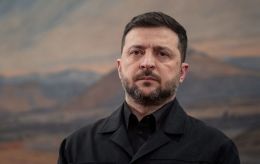Five threats: Consequences of Ukrainian troops' withdrawal from Avdiivka and ability to resist Russian pressure
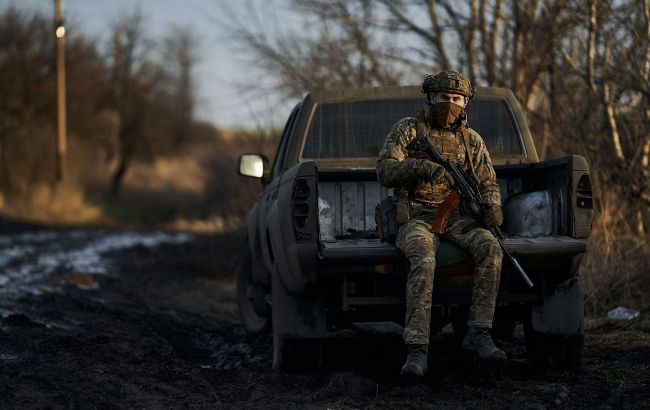 Ukrainian defender in Avdiivka, winter of 2024 (Photo: Getty Images)
Ukrainian defender in Avdiivka, winter of 2024 (Photo: Getty Images)
Russian troops, it seems, have no intention of reducing the intensity of their offensive actions after capturing Avdiivka. Right now, the occupiers are intensifying their activities on other fronts, and Western media outlets are already writing about the most dangerous situation for the Ukrainian Armed Forces since the early months of the full-scale war. More details on this, possible threats, and whether the Defense Forces will be able to withstand the enemy pressure can be found in the material by RBC-Ukraine.
The preparation of the article involved: material from The New York Times, statements by the commander of the Tavria operational-strategic group, Oleksandr Tarnavskyi, analysis from the Institute for the Study of War (ISW) and the Ukrainian project DeepState, comments from military experts Oleksandr Kovalenko and Oleksii Hetman.
Over the past weekend, Russian forces seized Avdiivka – one of the strongest fortified areas of the Ukrainian forces in the east. This marked the first major achievement for the Russian Federation since the capture of Bakhmut in May 2023. Despite the Avdiivka stronghold falling to the occupiers at an even greater cost, the current dynamics on the front line remain threatening for the Defense Forces.
In an attempt to withstand the enemy pressure, Ukraine is engaged in a desperate struggle, striving to replenish its exhausted forces. However, without Western assistance on a front line spanning 1000 kilometers, fighting is challenging. According to The New York Times, the Ukrainian army is likely facing its most perilous situation since the early months of the full-scale war.
Military and political expert of the Information Resistance Group, Oleksandr Kovalenko, generally agrees with this assessment.
"We are currently in a difficult situation due to the lack of sufficient ammunition and the ability to effectively counter Russian tactical aviation. All this negatively affects the effectiveness of defensive operations," he says in a comment to RBC-Ukraine.
The current situation threatens that the Russians will continue to advance, simultaneously on several fronts. According to NYT journalists, there are five, four of which are in the east.

Russia may intensify its advance from five directions (nytimes.com infographic)
The Ukrainian Armed Forces have left Avdiivka. What's next for this front section?
The small town of Avdiivka has been a thorn in the side of Russian logistical operations for the past 10 years. The city is only a few kilometers from Donetsk, which has been occupied since 2014. In recent weeks, the occupiers have cut off the most important supply line, putting the Avdiivka garrison at risk of being surrounded. In conditions where the enemy advances over the bodies of its soldiers and has a 10:1 advantage in shells, the commander of the operational-strategic grouping "Tavria," Alexander Tarnavsky, called the withdrawal the only correct decision.
Tens of thousands of Russian soldiers were engaged in the battles for Avdiivka. According to Tarnavsky, during the active phase from October 10, 2023, to February 17, 2024, enemy losses exceeded 47,000 individuals. Losses in equipment are no less impressive – five aircraft, over 360 tanks, almost 250 artillery pieces, and 750 armored vehicles. This is more than in the Battle of Bakhmut.
It remains unclear how far the Russians will be able to advance beyond Avdiivka or how strong the Ukrainian defense lines are. As spokesman for the Tavria group, Dmytro Lykhoviy, stated, Defense Forces have been redeployed to more advantageous positions.
"They continue to perform combat tasks. They impede the enemy's further advance. Positions have been prepared, fortification has been carried out," he said.
However, the occupiers are not stopping and are already advancing on the settlement of Lastochkyne. According to the General Staff, over a day, five enemy attacks were repelled here and near Novobakhmutivka and Pervomaiske. DeepState analysts note that the Russians attempted to storm with a significant amount of infantry, but all attempts proved unsuccessful. Currently, the enemy is regrouping its forces for landings and will likely resume assaults in the coming days.
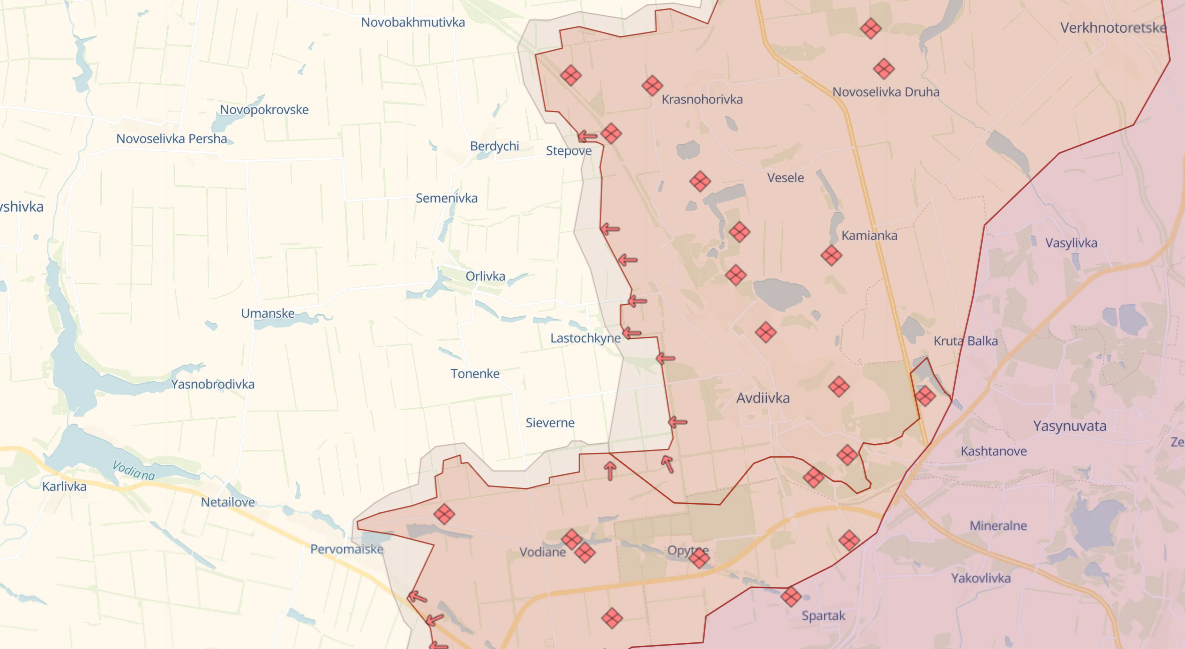 After Avdiivka, the enemy is already attacking Lastochkyne (Screenshot from deepstatemap.live)
After Avdiivka, the enemy is already attacking Lastochkyne (Screenshot from deepstatemap.live)
According to ISW assessments, since the Ukrainian Armed Forces are withdrawing to prepared lines, the collapse of the Avdiivka front is unlikely. Military expert Oleksii Hetman also leans toward the view that there is no threat of collapse.
"It is unlikely that the enemy will advance further. The situation may repeat what happened near Bakhmut. After its capture, the Russians said they could advance further, move toward Kupiansk and Vuhledar. Nothing happened there; only now they have started offensive actions. After the losses the Russians suffered near Avdiivka, they will regroup. They shifted troops from the Kupiansk direction to capture Avdiivka, now, most likely, the troops will be returned and reinforced. So, from a military point of view, one should not expect significant Russian offensive actions to the west of Avdiivka," he says in a conversation with RBC-Ukraine.
At the same time, according to Kovalenko, it is important for the occupiers to create a security buffer near Avdiivka. Lastochkyne is the next village where they may attempt to establish a foothold.
"Moreover, they will advance on Stepove, Sieverne, Tonenke, Semenivka, and Berdychivka. I do not rule out that they plan to envelop this area in a semicircle and create a buffer. This is tactically predictable. Whether they can do it? The question is interesting given that offensive actions are more costly for them in open fields than in urban conditions. Therefore, I don't think a security buffer will be created very quickly," the expert adds.
Vuhledar could be attacked from two directions. Robotyne is unlikely a priority for now
By the end of January, Russian forces ousted Ukrainian defenders from Maryinka, which has little left after two years of constant attacks. However, the destroyed city is now a base for Russian attacks that have shifted to another important stronghold – Vuhledar.
Last year, they attempted to attack from the south but suffered a defeat in one of the largest tank battles. Now, however, the occupiers may strike from the north and are already advancing through the village of Novomykhailivka. It is unknown how many troops are concentrated there. There is a threat that the capture of Avdiivka will free up reserves for attacks from the north, and a 40,000-strong group from Mariupol could be involved in attacks from the south. The recent activation slightly to the west of Novodonec'ke only confirms the looming threat over Vuhledar.
"After capturing Maryinka, their priority became advancing in the Novomykhailivka area and towards Vodiane from Solodke. To create a risk zone from the north. They need Vuhledar to reduce the defensive impact of the Defense Forces on the railway in Volnovakha," says Kovalenko.
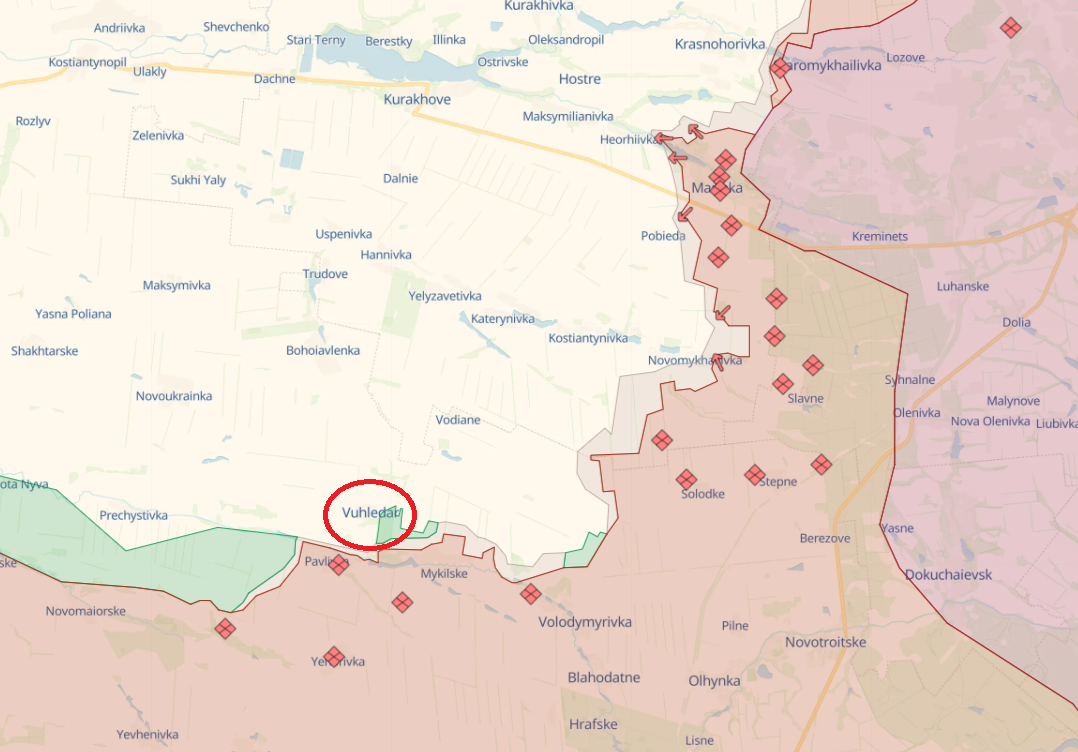 After capturing Maryinka, the priority was to advance on Vuhledar from the north (screenshot from deepstatemap.live)
After capturing Maryinka, the priority was to advance on Vuhledar from the north (screenshot from deepstatemap.live)
Overall, according to his opinion, after Avdiivka, the priorities for the Russians are Kupiansk and Chasiv Yar. Vuhledar is a perspective, as is the Zaporizhzhia region, where active fighting has resumed. Last year, the Defense Forces recaptured the Robitne bulge, a 10 by 10 km area, and it seems Russia is determined to regain those positions. As Dmytro Lykhoviy, spokesperson for the Tavria group, stated, serious forces have been concentrated there.
"We see that the enemy group, which has been concentrated there for the past few days or even weeks, in terms of its size surpasses the group engaged in the Avdiivka direction," he said.
Active assaults on the Robotyne bulge began over the weekend. According to DeepState, the Russians are attempting to enter the village itself, with fighting ongoing for a stronghold slightly to the south. Additionally, there is advancement near Verbove, where the enemy likely attempted to break through the defense on the southwest outskirts.
As reported by the Operational Command West, on Saturday, the Defense Forces defeated the Russians on the Zaporizhzhia front, destroying about 70 occupiers and 18 pieces of equipment, including 3 tanks. Today, the Ground Forces of the Armed Forces have reported on a repeated attempt by Russian forces to storm. However, the advance was thwarted, equipment destroyed, and "personnel eliminated.
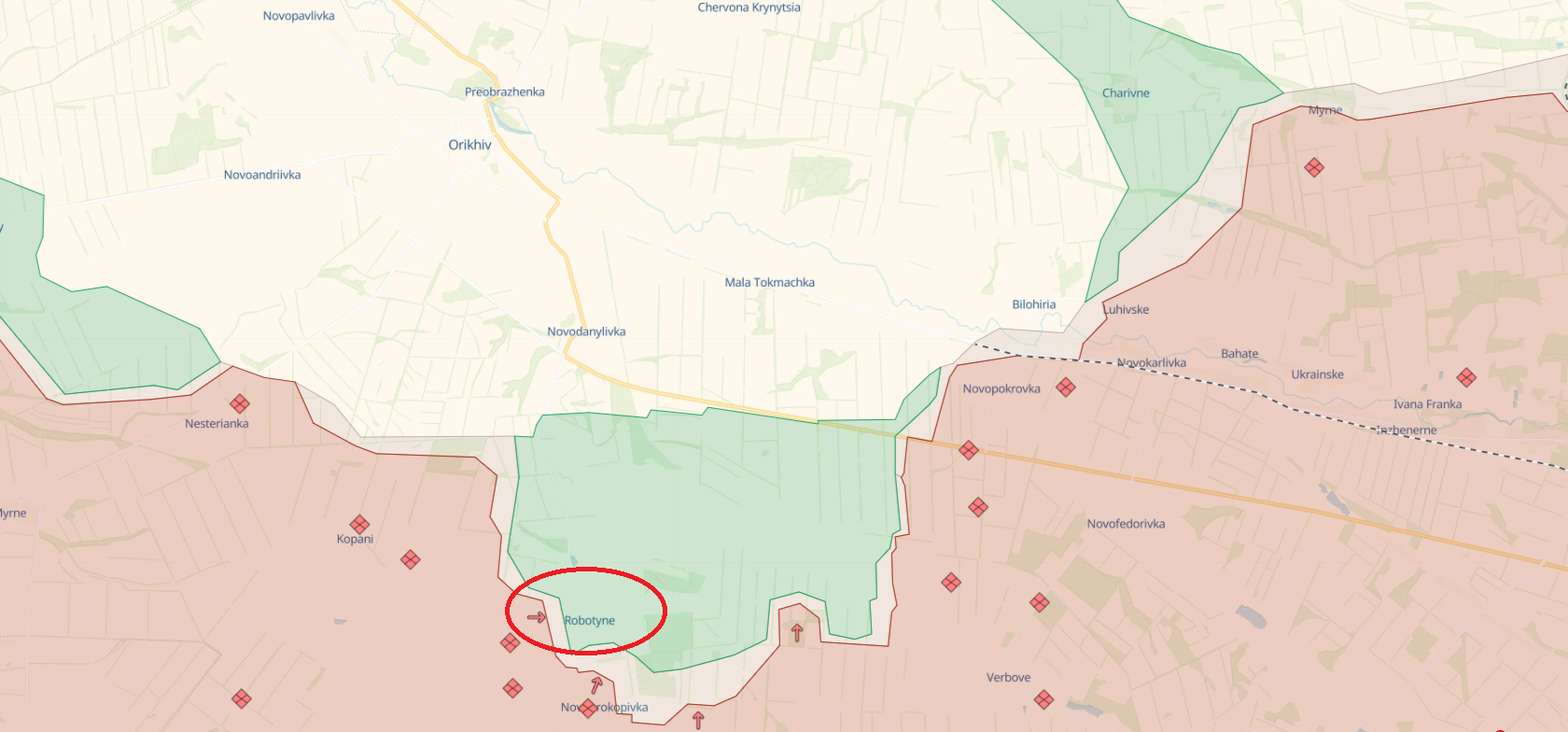 Under Robotyne, the Russians have deployed more forces than under Avdiivka, and they are already attacking the bulge (screenshot from deepstatemap.live)
Under Robotyne, the Russians have deployed more forces than under Avdiivka, and they are already attacking the bulge (screenshot from deepstatemap.live)
Overall, Kovalenko emphasizes that the area around Robotyne has always had a large concentration of enemy forces and assets.
"This was the group of troops from Zaporizhzhia, which is now combined with the Dnipro group. Therefore, their attempt to reclaim the territories lost in the summer of 2023, especially with the audacity from capturing Avdiivka, is certainly notable. But to say that this will be a significant threat to breaking the front in the Zaporizhzhia region, I cannot," the expert adds.
Kupiansk, Lyman, or Chasiv Yar. Where will the next attack be directed?
In the east, Russia is advancing from Kreminna. Last year, during intense fighting in the landing areas along the front line, small sections changed hands. Now the occupiers are once again moving forward.
On the Svatove stretch, pressure is increasing to the west in the area of Terniv and Yampolivka. From Kreminna itself, the Russians are advancing in two directions – towards Kupiansk and Lyman – amassing a group of about 110,000 soldiers. According to ISW, Russia has moved parts from border areas to Ivanivka (east of Kupiansk) and to the Lyman direction, in recent days unsuccessfully attempting to advance to the Kyslivka-Kotliarivka line from the side of Tabaivka.
Oleksii Hetman notes that recently the enemy's advance in the Lyman-Kupiansk direction has weakened, which was caused by the shifting of forces to Avdiivka. And after the troops return, attempts to move forward toward Kupiansk will intensify.
